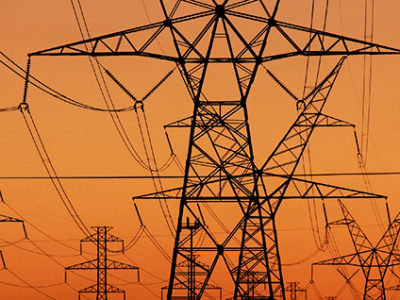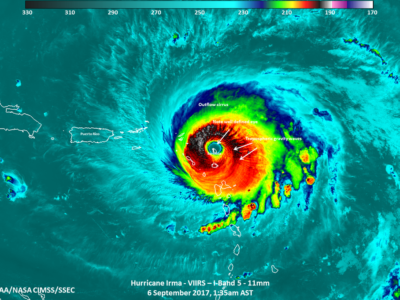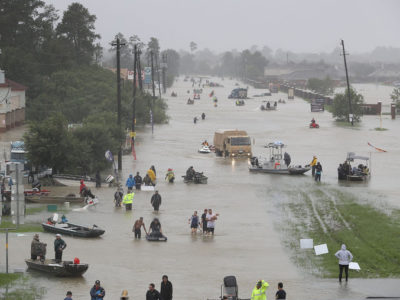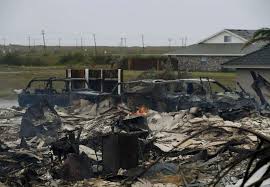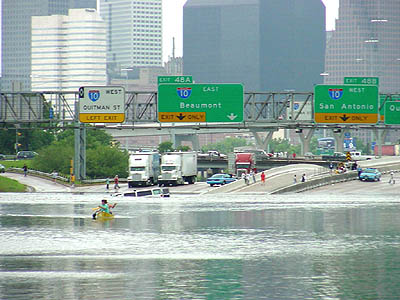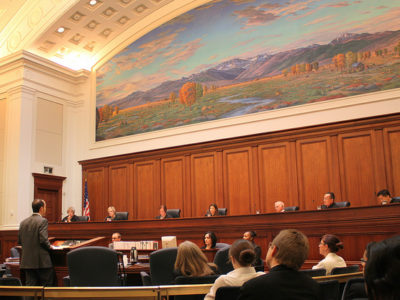Disasters
Rick Perry, PJM, and the Polar Vortex
Michael Wara posted previously about Rick Perry’s proposal to subsidize coal and nuclear. In its current incarnation, the proposal is aimed purely at ISOs and RTOs that operate capacity markets, which largely means a single entity, PJM. Why the focus on PJM? Oh, I guess I had better explain. OK, to start with, what did …
Continue reading “Rick Perry, PJM, and the Polar Vortex”
CONTINUE READINGDisaster Resilience: Inching Forward, Sliding Back
We’re slowing improving disaster resilience. But there have been some notable setbacks.
An ounce of prevention is worth a pound of cure, as the saying goes. The same is true for disasters. We are slowly getting better at mitigating disaster risks. These improvements don’t generally take the form of dramatic breakthroughs. Rather they involve incremental progress on a number of fronts. For instance, homes that were constructed …
Continue reading “Disaster Resilience: Inching Forward, Sliding Back”
CONTINUE READINGDisaster Insurance
States (for wind) and the Feds (for water) provide insurance for hurricane victims. Here’s how.
Rebuilding takes money. That makes insurance a crucial part of the equation. Insured losses are expected to be in the $70 billion range for Harvey and Irma combined. This includes commercial insurance, but the payments for home owners will also be hefty. Those costs are generally covered by government-supported insurance markets. I’ve posted previously about …
Continue reading “Disaster Insurance”
CONTINUE READINGThe Dark Art of Estimating Flood Risks
The 100-year flood and the 500-year flood are both very rough estimates.
My title is a little unfair. So far as I can tell, the people who are trying to figure out the 100-year or 500-year floods in various places are hard-working professionals, applying their expertise to a difficult problem. But there are a lot of uncertainties that get concealed behind the final numbers. The consequence is …
Continue reading “The Dark Art of Estimating Flood Risks”
CONTINUE READINGHow Disaster Response Works
It’s a complex process involving many federal agencies and state government.
When people think of FEMA, they envision rescuers finding victims and taking them to safety. FEMA does provide emergency assistance, temporary housing and other services. But its main job is to coordinate the response of many parts of the federal government. And the federal government’s role itself is mostly supportive, with the main job of …
Continue reading “How Disaster Response Works”
CONTINUE READINGHouston’s Shockingly Poor Flood Control System
Houston failed to learn a key lesson from Katrina about the need to prepare for catastrophic flooding.
The torrential rain in Houston would have caused bad flooding no matter what. There’s no question about that. But it’s also true that Houston’s flood control efforts have been badly managed. Houston failed to learn a key lesson from Katrina: the most important disaster response is done years in advance through risk mitigation. Not only …
Continue reading “Houston’s Shockingly Poor Flood Control System”
CONTINUE READINGDisaster Law and Hurricane Harvey
This is the first in what will be a series of posts about disaster law.
As I write, Hurricane Harvey continues to hammer Texas, with rains and flooding expected to last for days. Because the storm is so slow moving, it may dump up to several feet of rain in some locations. For the same reason, it’s future trajectory is unclear, so we can’t even be sure of what areas …
Continue reading “Disaster Law and Hurricane Harvey”
CONTINUE READINGGuest Blogger Justin Pidot: Two Years after Gold King Disaster, Trump Would Slash Funding for Abandoned Mines Cleanup
Congress Should Ensure that Money Is Available to Address Pollution on Public Lands
In recent legal battles, the State of Utah has rarely sided with the environment. It is a significant moment, therefore, when Utah files a lawsuit aimed to force polluters to pay for contamination they have caused, as it did last week when it sued mine owners and contractors for the EPA related to the Gold …
CONTINUE READINGIt’s Environmental Law Week at the California Supreme Court
Justices to Hear Oral Arguments in Three Major Environmental Cases This Week
The California Supreme Court currently has approximately twenty pending environmental cases on its docket. This week, the Court’s justices will hear oral arguments in three of the most important of those cases. Taken together, these looming decisions raise important issues concerning the California Environmental Quality Act (CEQA), federal preemption, climate change mitigation and adaptation, private …
Continue reading “It’s Environmental Law Week at the California Supreme Court”
CONTINUE READINGThe Dangers of the New Executive Order on “Reducing Regulation”
The Order is Designed to Prevent Federal Agencies from Protecting Health, Safety, and the Environment
Dan Farber just posted an insightful, brief analysis of the executive order “Reducing Regulation and Controlling Regulatory Costs” that was issued this morning. As Dan notes, the order is absurd and arbitrary – but more than that, it’s extraordinary in its potential for doing harm to our country and its residents. It is meant to kneecap …
Continue reading “The Dangers of the New Executive Order on “Reducing Regulation””
CONTINUE READING



